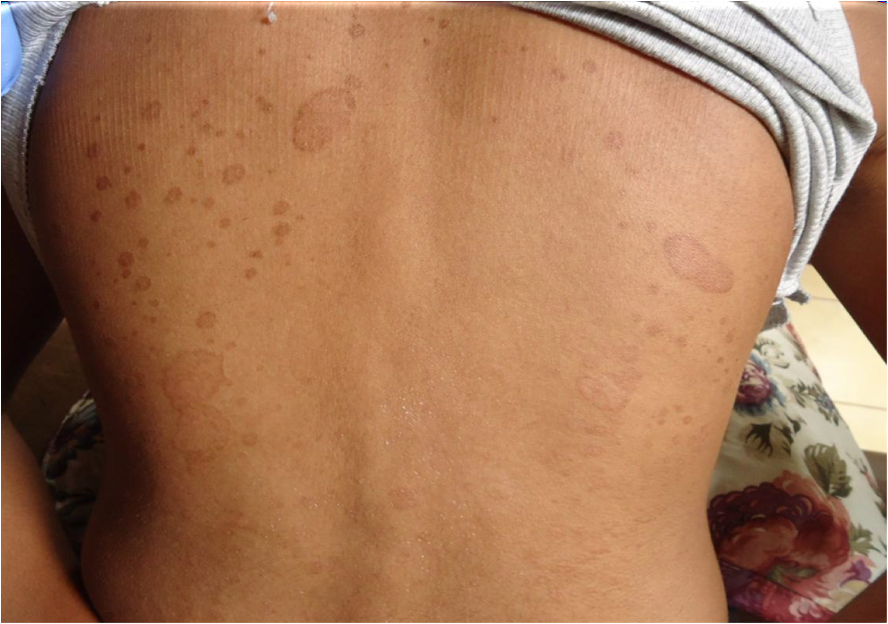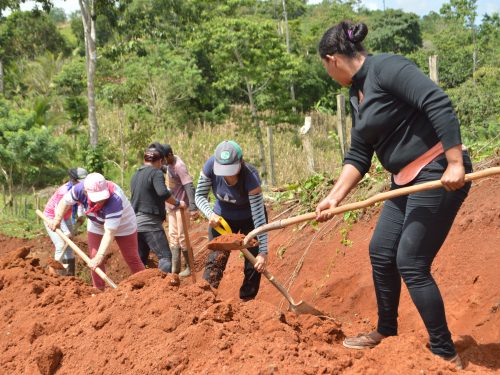
The Costa Rica Institute of Technology (TEC – Tecnológico de Costa Rica) has released a report on the consumption of arsenic in water supplied in the Agua Caliente community, the first of its kind.
The majority of men in Agua Caliente, located south of the town of Montenegro in Guanacaste, work on rice plantations, the area’s cattle farms or in sugar cane, spending long hours in the sun.
The men and their families make up the 450 residents of the town, where they also farm small parcels of land and care for animals, such as pigs, cows, horses and chickens. Until just a few years ago, they were unknowingly drinking water contaminated with arsenic.
Some of the people, all of whom are poor, are already showing symptoms related to the presence of arsenic in water, such as stains on hands, arms and back, as well as discomfort on the skin.
That was confirmed by the report, “Evaluation of the Toxilogic Risk in the Community of Agua Caliente de Bagaces, Guanacaste, due to Consumption of Water with Arsenic,” released by TEC, one of the first detailed reports on the issue.
Between 1992 and 2010, residents of Agua Caliente had been receiving water that contained up to 71 micrograms of arsenic per liter, while the maximum allowable amount is 10 micrograms per liter, according to the World Health Organization’s current Guidelines for Drinking-Water Quality.
Authorities from the Ministry of Health have already distributed filters made from rusted nails, sand, clay and rock to remove arsenic from contaminated water, while AyA has been distributing water brought from Bagaces in tankers.
Natalie Salazar, of the Voice of the People of Bagaces Association, explained that residents have been ordered to not drink the water nor use it to cook. Regardless, the activist said that, “There are a lot of people who aren’t drinking the water from the tankers because they say it tastes bad; the same goes for the filters because they have rusted nails.”
“People say that the water tastes bad. So there are a lot of people who prefer to drink water with arsenic because it tastes better than the water that they’re distributing now,” she said.
The problem is that some people are already beginning to show symptoms related to the presence of arsenic in water, such as stains on their hands, arms and back and sores on their skin, according to TEC’s report.
The researchers conducted field visits and interviews, as well as taking water and skin samples and completing surveys.
Of 20 patients analyzed, they found evidence in a 19 year-old woman who had changes in pigments on her back and skin lesions. The effects result quickly with even minimal exposure of just five years, and can be precursors for cancer.
There are also patients who do not show symptoms, though their hair and urine samples showed arsenic.
Other physical problems that arsenic causes are bladder and lung cancer, problems with digestion, the liver, renal glands, or the cardiovascular, nervous, blood or reproductive systems, and finally learning problems or diabetes.
“They do these studies and find out that there are people, above all children and youths, that have high levels of arsenic in their body,” said Salazar.
“But absolutely nothing is being done to remediate this damage and above all, there are a ton of worried communities, with an uncertain future regarding our health, now and for the future. Moreover, children, adolescents and the elderly are the ones most affected,” she added.
Regarding the renal or kidney failure, TEC’s study concluded that, “In the county of Bagaces and the community of Agua Caliente, renal problems cannot be attributed to the ingestion of arsenic in drinking water.”
It is also clarified that climatic, socioeconomic and sanitary conditions in the Agua Caliente district exacerbate the pre-clinical symptoms caused by arsenic, which is to say, in those patients that do not show symptoms but among whom arsenic was identified in hair and urine samples.







Comments